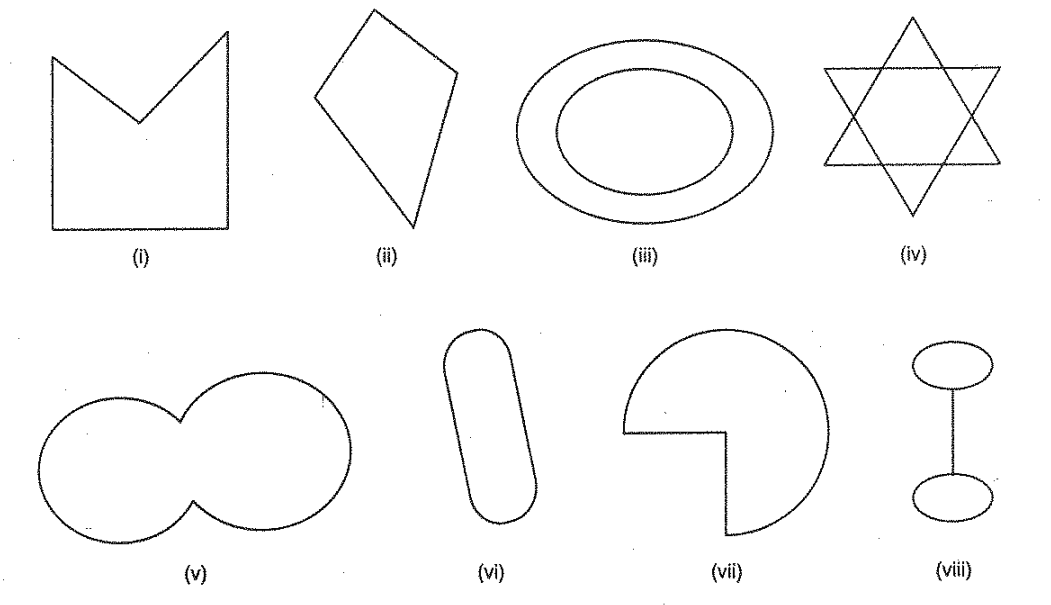If pn+1=√12(1+pn), then
cos⎛⎜
⎜⎝√1−p20p1p2p3...→∞⎞⎟
⎟⎠
(a) 1 (b) −1 (c) p0 (d) 1p0
(e) None of these
Step by step video & image solution for If p_(n+1)=sqrt(1/2(1+p_n)), then cos(sqrt(1-p_0^2)/(p_1p_2p_3...to oo)) (a) 1 (b) -1 (c) p_0 (d) 1/p_0 (e) None of these by Maths experts to help you in doubts & scoring excellent marks in Class 11 exams.
Updated on:21/07/2023Similar Questions
The simplified form of (a+1)2(a−1)2+3(a−1)2(a+1)2+3a3+1a3−1−2aa−1 is:
a. a−1
b. 1−a
c. −1
d. None of these
View SolutionA variable takes the values of 0 , 1 , 2 ,....., n with frequencies proportional to the binomial coefficients C_0 , C_1 , C_2 ,......, C_n , then mean of the distribution is (1) (n(n+1))/4 (2) n/2 (3) (n(n-1))/2 (4) (n(n+1))/2
View SolutionIf m and x are two real numbers where m∈I, then e2micot−1x(x⋅i+1x⋅i−1)m
(A) cosx+isinx (B) m2 (C) 1 (D) m+12
View SolutionSum of the series 1+2^2x+3^2x^2+4^2x^3+.....to oo , |x| (A) (1+x)/(1-x)^3 (B) (1-x)/(1+x)^3 (C) (2+x)/(1-x)^3 (D) (1-x)/(1+x)^2
View SolutionClassify they following curves as open or closed:

View SolutionFollowing are some figures: Classify each of these figures on the basis of the following:(i) Simple curve (ii) Simple closed curve (iii) Polygon (iv) Convex polygon (v)Concave polygon (vi) Not a curve

View SolutionIf the lines ax+y+1=0, x+by+1=0 and x+y+c=0, (a,b,c being distinct and different from 1) are concurrent, then 11−a+11−b+11−c=
(A) 0 (B) 1 (C) 1a+b+c (D) None of these
View Solution
